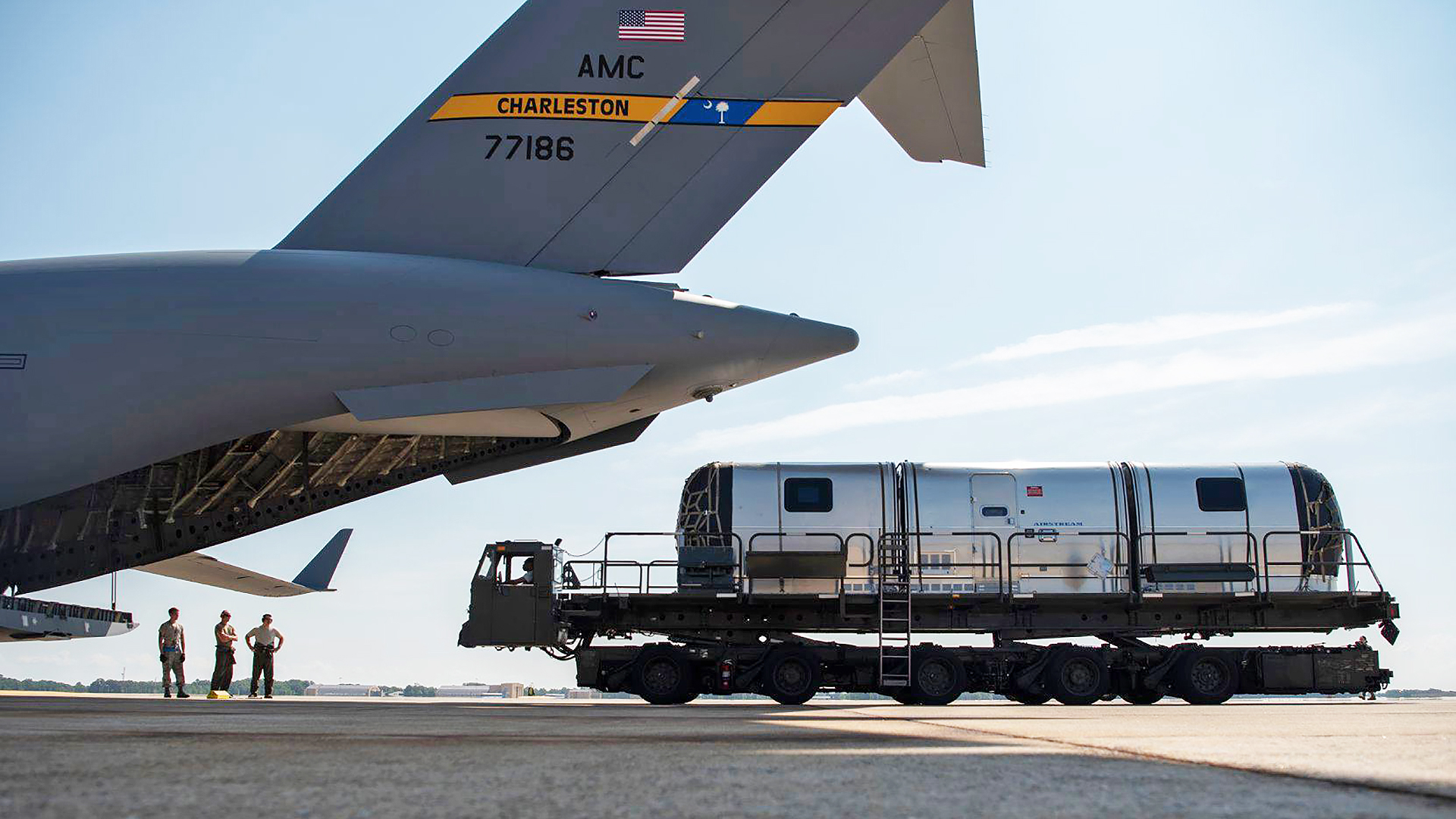During his first overseas flight as defense secretary, Pete Hegseth shared a video of himself aboard a C-17 Globemaster III transport jet sitting in a Silver Bullet Command and Control Module. The converted Airstream trailer is one of two the Air Force deploys to give senior leaders, like Hegseth and other VVIPs, a secure, quiet place to conduct business in the middle of a noisy, often-crowded cargo aircraft.
The Silver Bullets’ days are numbered though. For a host of reasons, a replacement unit called the Roll-On Conference Capsule (ROCC) is scheduled to be fielded in December, the Air Force told us today. Unlike the adapted Silver Bullets, which first flew in the early 1990s, these were purpose-built for the mission.
The short video showed Hegseth sitting on a brown leather chair at a small workstation inside the Silver Bullet, where he signed an order changing the name of Fort Liberty in North Carolina to Fort Roland L. Bragg. It was during a long flight from Joint Base Andrews (JBA) in Maryland to Germany, where he visited U.S. Africa Command and U.S. European Command in Stuttgart on Tuesday, before heading to Brussels to discuss the future of U.S. support for Ukraine with NATO allies.
Long airplane trips can interrupt critical functions of any executive, as well as add stress to already hectic schedules. In addition to giving Hegseth a place to do his job as defense secretary, the Silver Bullet – at best a homey hideaway reminiscent of a 1990s motorhome – also offered him a place to rest.

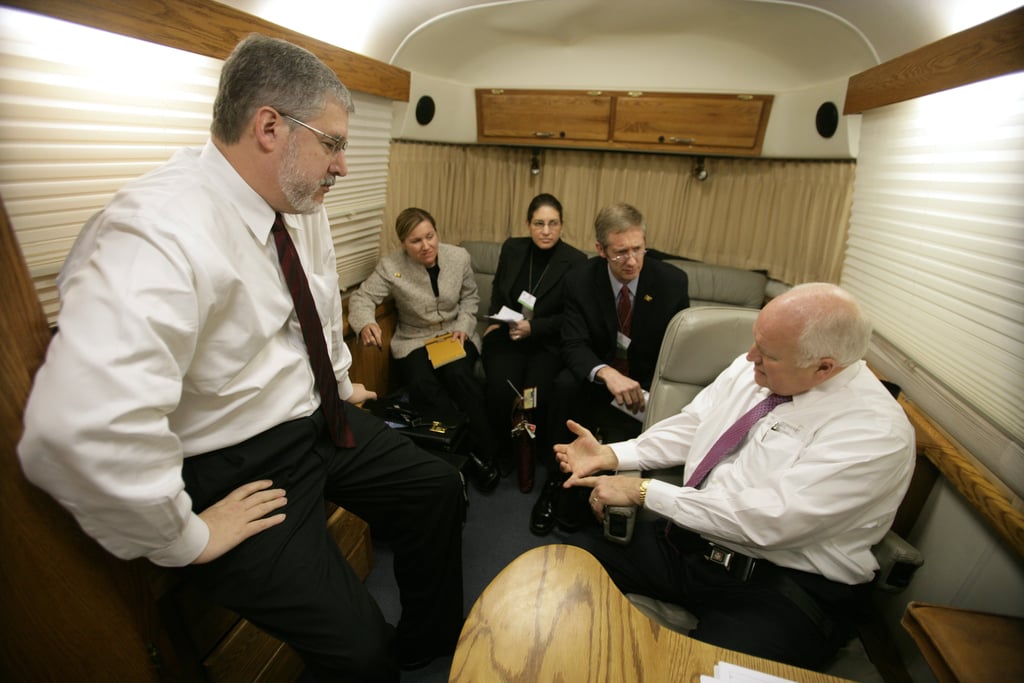
The Silver Bullet “was certainly comfortable and provided a relatively quiet place to work and concentrate.” Joseph Votel, the retired Army general who commanded U.S. Central Command from 2016 to 2019, told The War Zone in a 2022 story about the modules. “As a combatant commander, I had a need to stay in constant communications even during lengthy travel to the Middle East and do it in a place that I could work from. Purpose-designed aircraft and some other capabilities made available to us helped to make that possible — it was a multiplier for me. In the end – I just needed to be able to operate.”
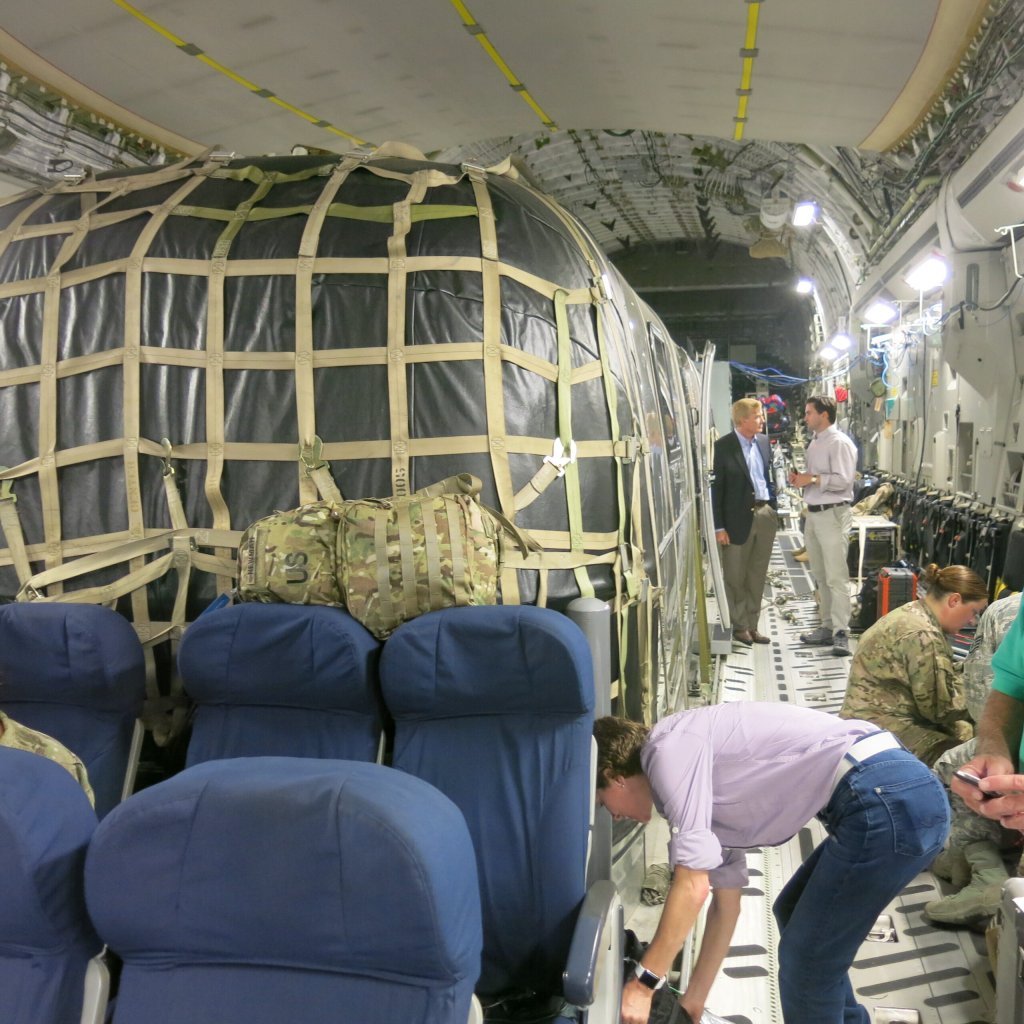
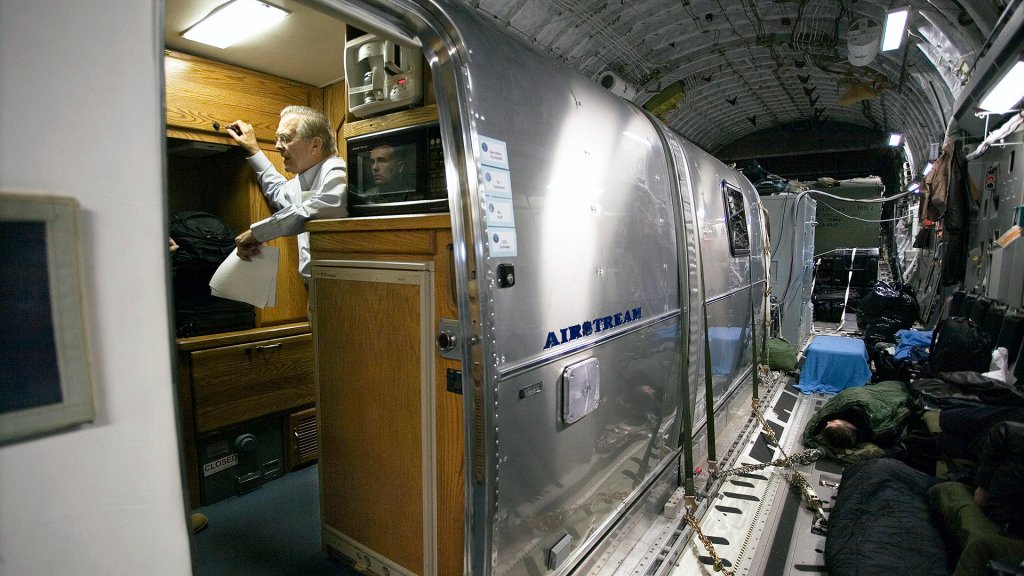

The Silver Bullet is essentially a mobile SCIF, office, and apartment all in one. An arsenal of communications tech has been continuously upgraded that works to connect the pod to the outside world. This includes multiple options for unsecure and secure voice, data, and video teleconferencing. These systems “plug in” to the existing communications systems aboard a select number of C-17s via a set of umbilical cables. There is a large “mechanical caboose” that brings up the rear of the palleted Silver Bullet system where the communications technology and controls that support the pod are held and where the pod’s electronics are interfaced with the C-17. The updated version of this enclosure is called the “Silver Eagle” and it can support communications at the very highest levels. Above all else, this includes being able to connect with the National Command Authority that underpins America’s nuclear deterrent, anywhere and anytime.
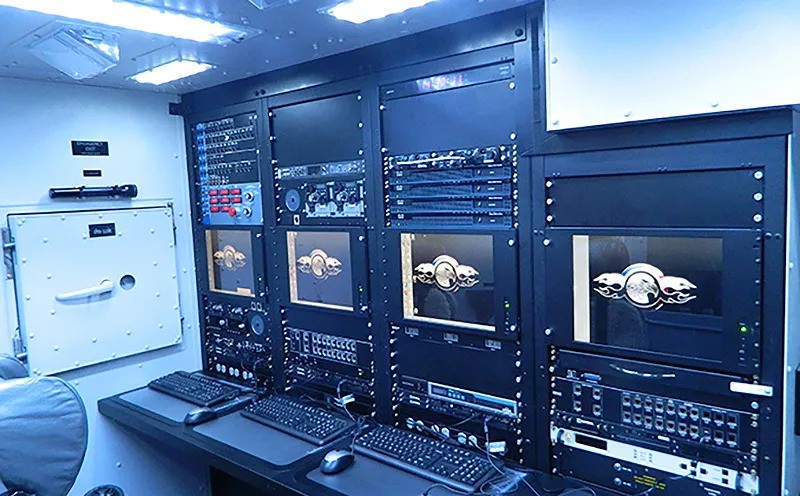
We reached out to the Pentagon to see how Hegseth liked the Silver Bullet, which, like its twin, is owned by Air Mobility Command and maintained by the 89th Maintenance Group at JBA. It was by chance, meanwhile, that Hegseth flew the Globemaster on his maiden voyage as SECDEF. He was scheduled to fly one of the four existing E-4B Survivable Airborne Operations Center jets.
“Occasionally, due to routine scheduled maintenance, the small fleet of four aircraft cannot support additional tasking such as SecDef travel. In such cases, it is not uncommon for the SecDef to be supported with an alternative type of aircraft,” Justin R. Oakes, spokesman for the Eighth Air Force and the Joint-Global Strike Operations Center, told us earlier this week.
In addition to better availability, the Globemasters have another advantage over the E-4Bs. They have a defensive suite that includes multiple types of expendable decoys and the laser-based Large Aircraft Infrared Countermeasure System (LAIRCM). This system uses missile launch detectors arrayed around the aircraft that alert the crew of an incoming missile via detection of the missile’s infrared plume and cue a number of laser turrets positioned around the jet’s fuselage to fire their blinding beams into the missile’s infrared seeker. This capability makes using the Silver Bullet a requirement for traveling into hostile locales.
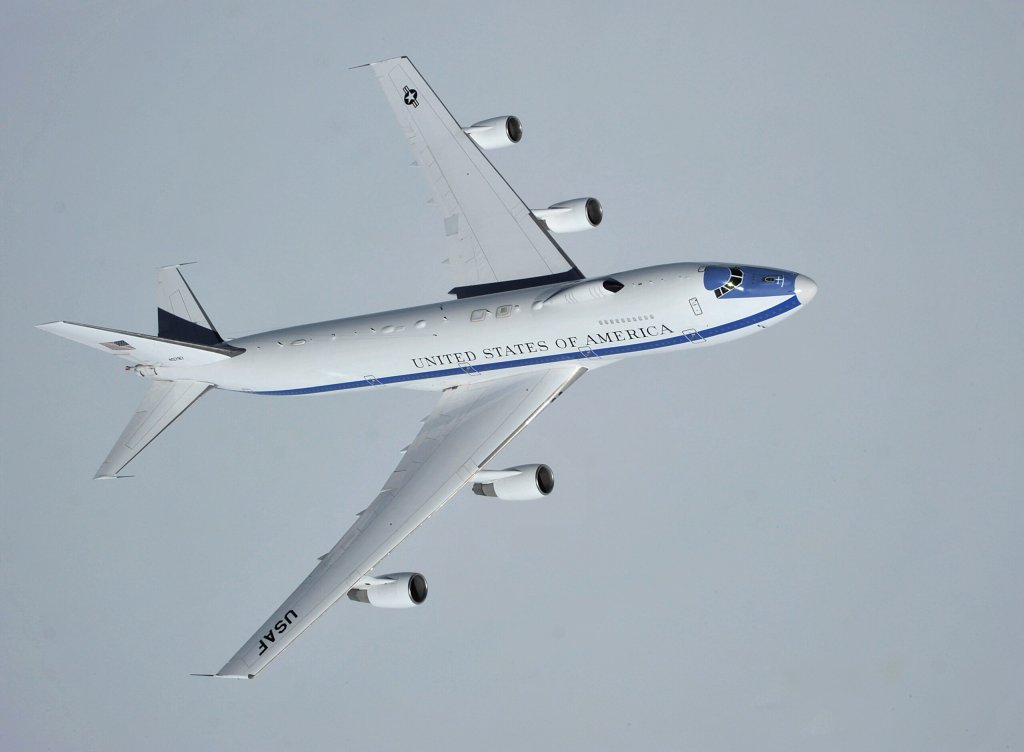
Regardless, Hegseth has only about 10 more months to use the Silver Bullets. They are scheduled to be retired and replaced by the newer, safer ROCCs. In 2019, the Air Force awarded an $8.5 million contract to SelectTech Services Corp. of Centerville, Ohio, for the design, development, integration, test and delivery of two ROCCs to replace the aging Airstream units.
As we noted in our previous coverage, the Silver Bullets were considered so unsafe they were deemed not airworthy back in 2000. It wasn’t until 2020 that the flying branch issued a memo authorizing occupancy of the modules, except during takeoffs and landings, refueling and “moderate turbulence in flight as determined by the aircraft commander,” Air Force officials told The War Zone.
The Silver Bullets “did not meet the numerous airworthiness requirements, including crash loads, egress, gusts loads, electrical system design, smoke and fumes, etc.,” the Air Force explained to us in 2022. In addition, a 2015 Air Force assessment “identified numerous risks which were generally associated with substandard electrical system design, improper use of materials for an aircraft environment, and inadequate structural design integrity for crash scenarios, hard landings, and turbulence in flight.”
The situation was of great enough concern that the House Armed Services Committee in its markup of the Fiscal Year 2023 National Defense Authorization Act asked the Air Force secretary for a full report by March 2023 on the Silver Bullet’s problems and plan for replacement.
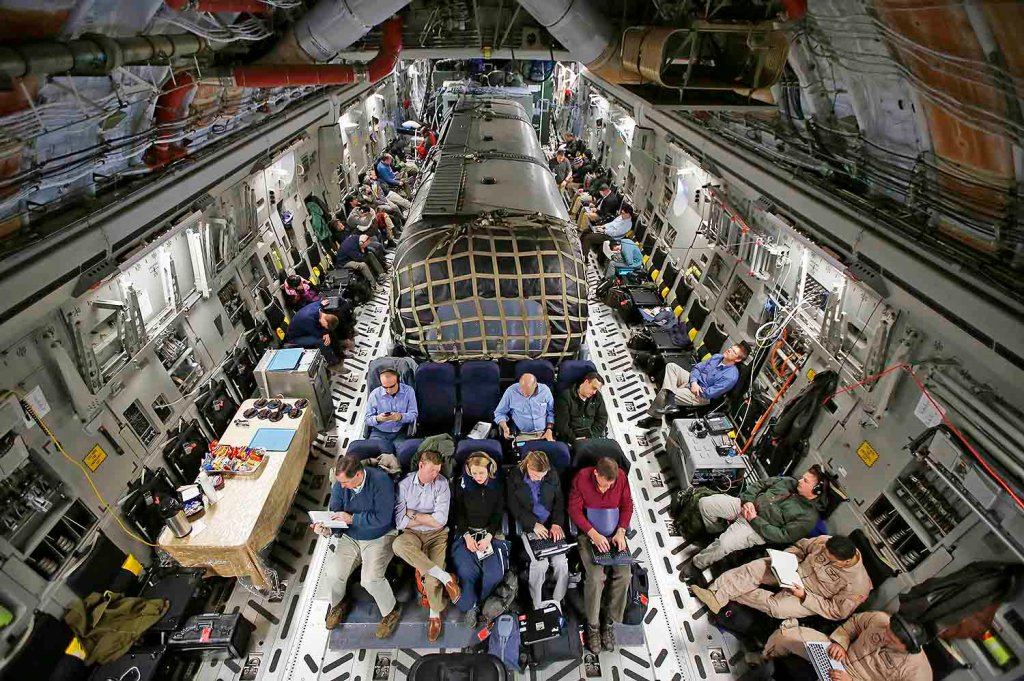
The ROCC is designed to mitigate those concerns, the Air Force told us.
“The intent is for [the ROCC] to be fully certified for all phases of flight when it is fielded,” Air Force Capt. Denise Guiao-Corpuz told us.
Those modules will have “intercom systems, lavatories, Ethernet network, Wi-Fi, VTC system display, external voice and data connectivity (wideband or narrowband), 120V/60Hz outlets, sleeping quarters, and a 9-person conference room,” according to SelectTech.
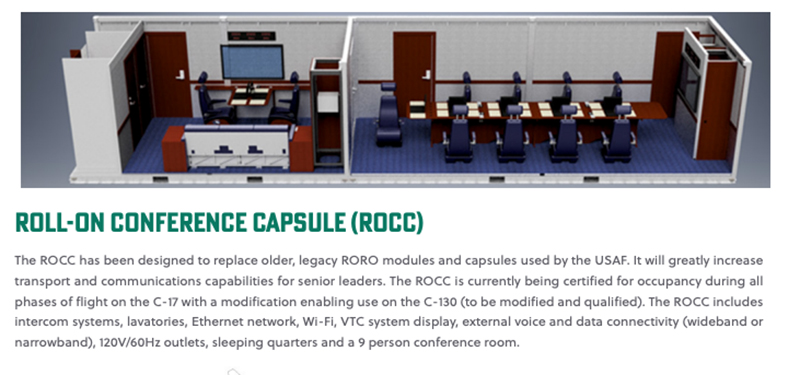

The Silver Bullets have a storied past, hosting U.S. cabinet members, service secretaries, other military leaders, vice presidents, and even celebrities like Robin Williams and Drew Carey. Considering their significance, these unique but dated VVIP pods will hopefully find their way into museums.
Contact the author: howard@thewarzone.com
